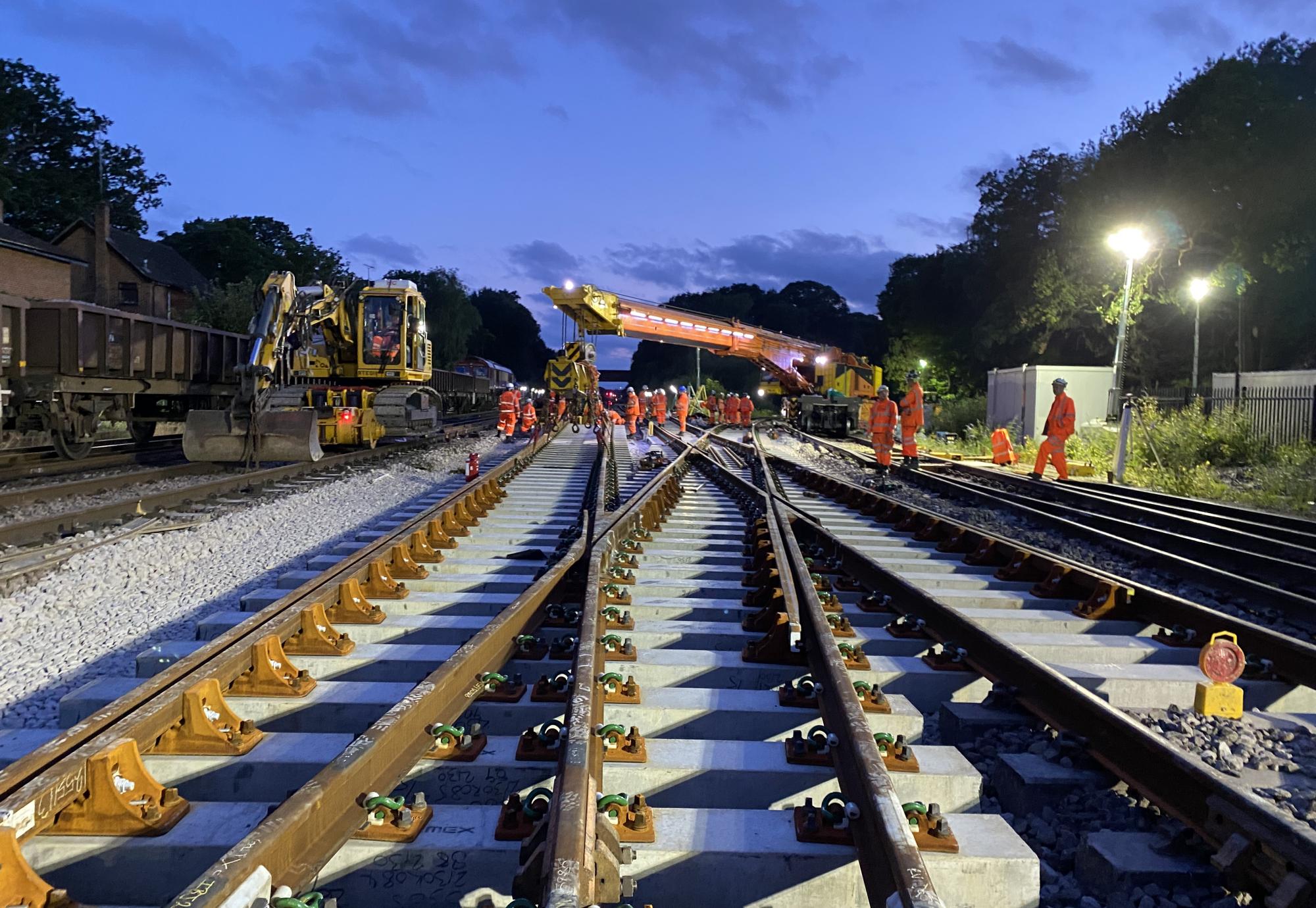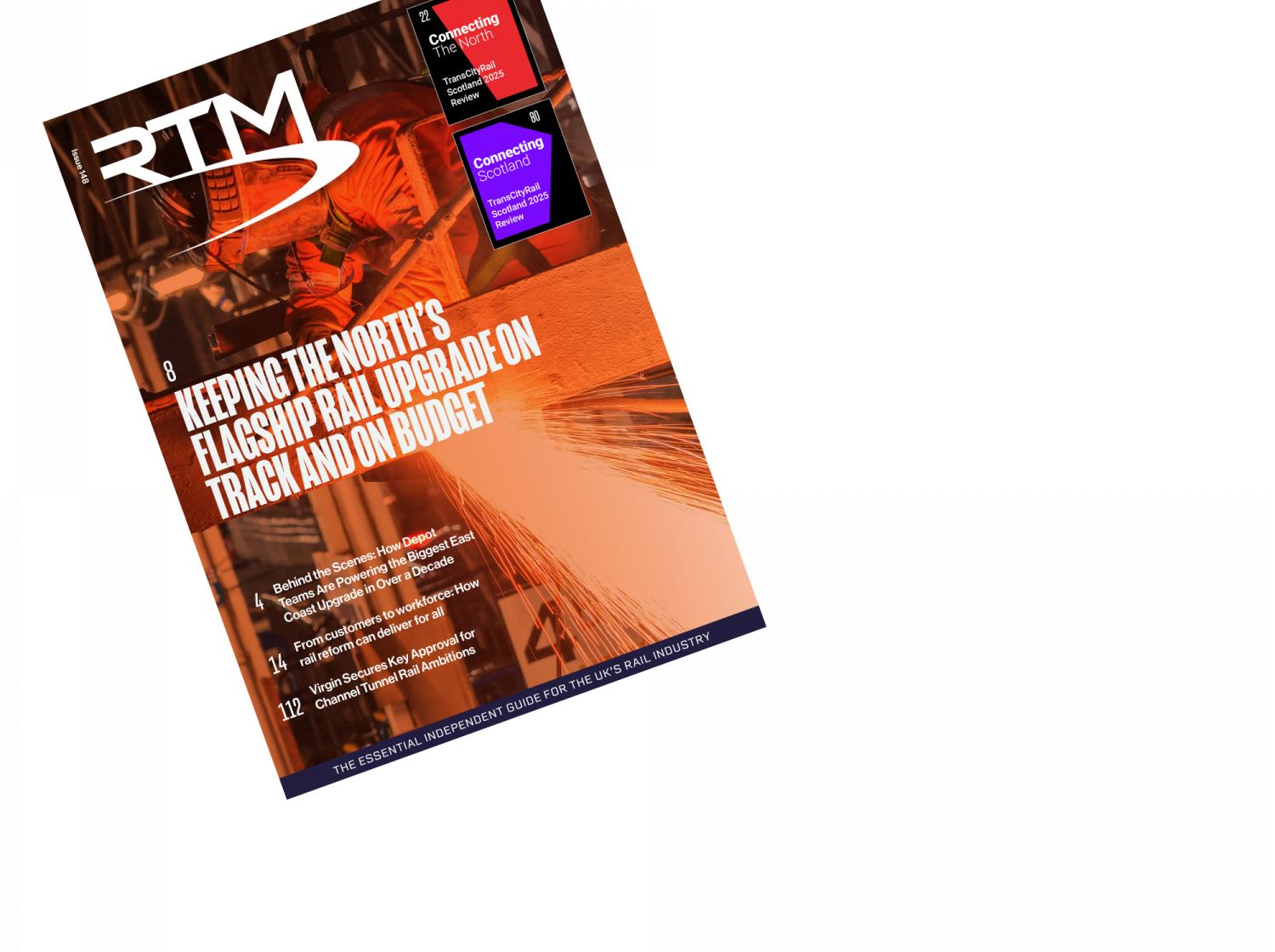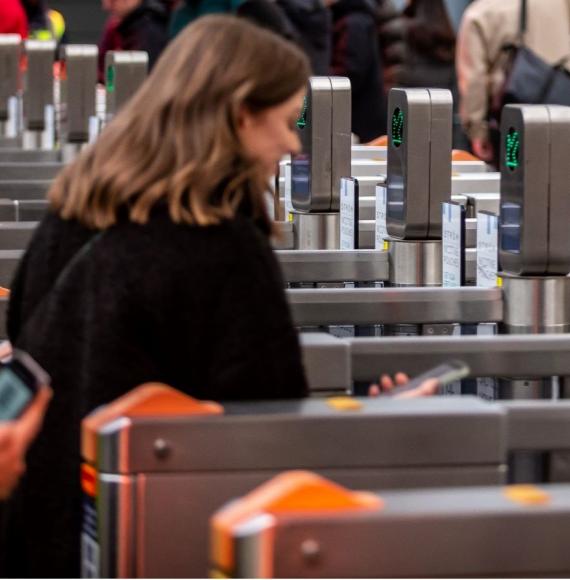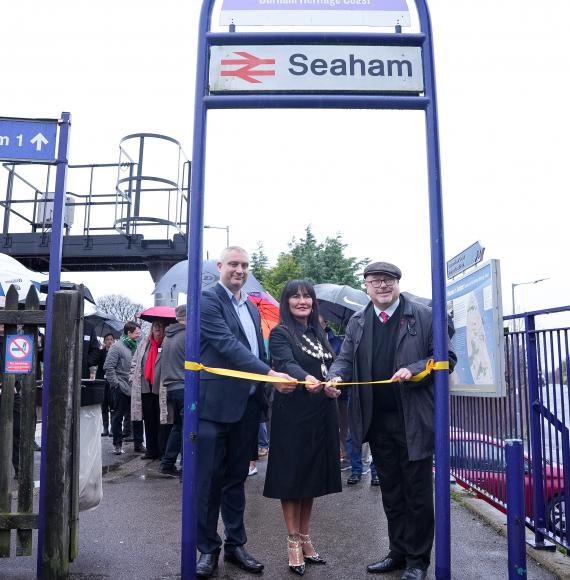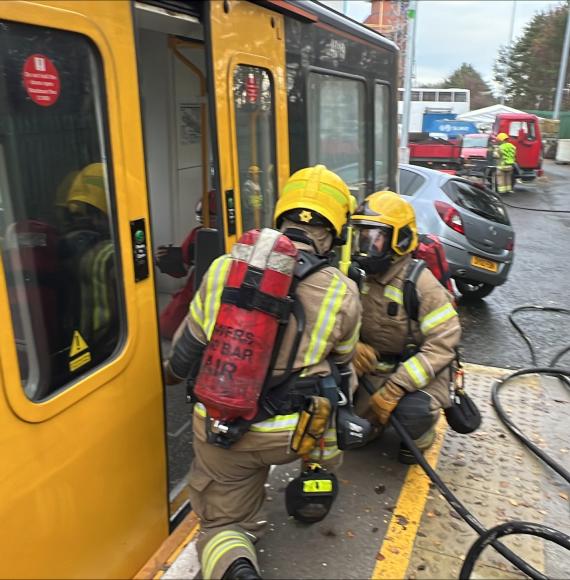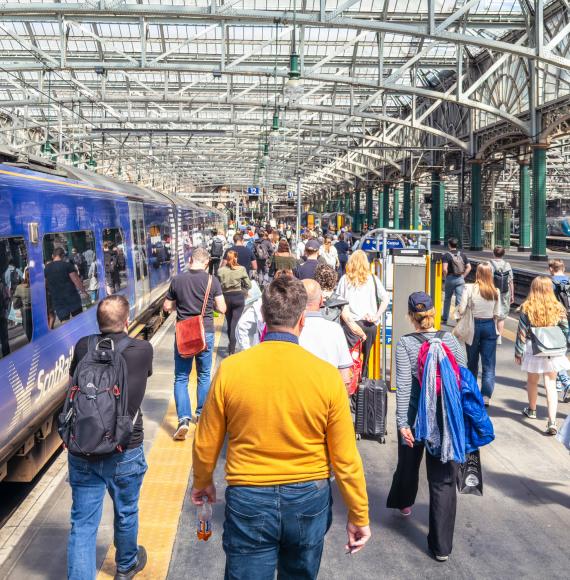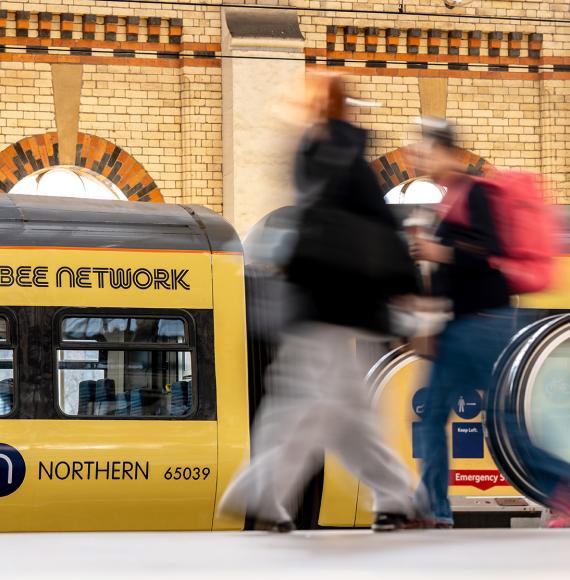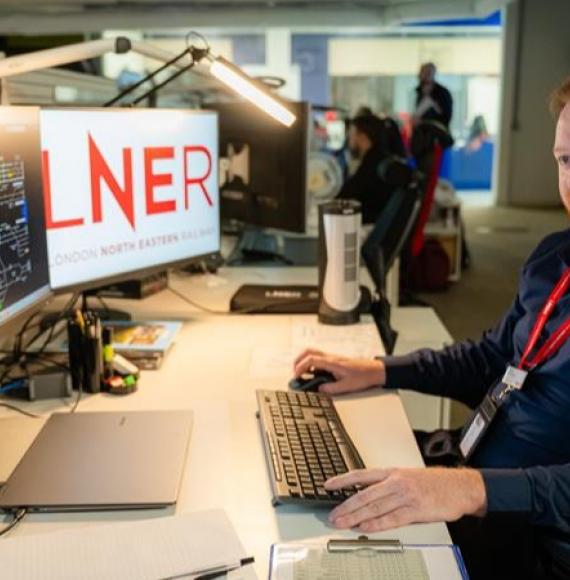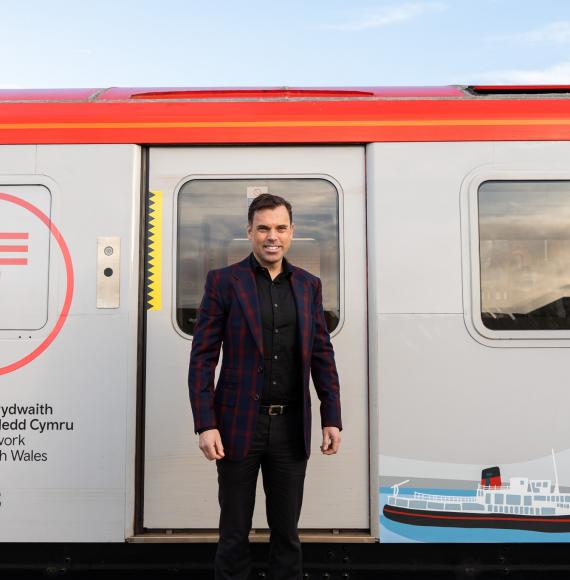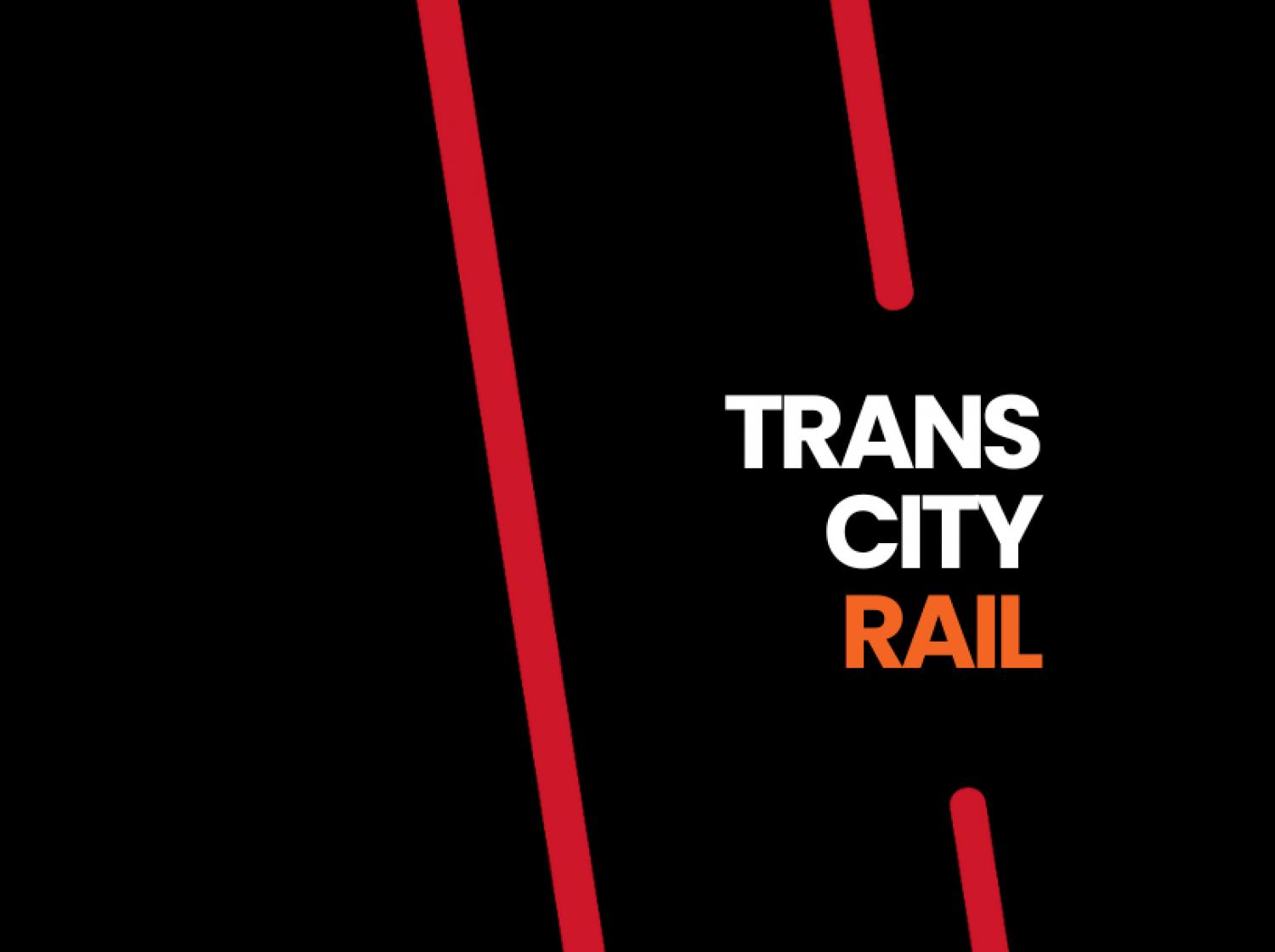The rail industry must accelerate collaboration and efficiency if it’s to deliver on CP7.
Control period 7 could be industry’s most challenging yet. The publication of the Statement of Funds Available and the High-Level Output Specification for 2024-9 is against a backdrop of unpredicted and unprecedented change, primarily driven by changes in passenger numbers and behaviour because of the pandemic and the associated impact on revenue, as well as wider economic problems such as inflation. As an industry, how we respond will directly impact if or when communities across England, Scotland and Wales gain the huge benefits rail brings in terms of opportunity, growth and sustainability.
Back in 2017, when the CP6 funding was announced, the ball was firmly put in industry’s court to demonstrate efficiency and make better, more innovative cases for major enhancements, which were taken out of the control period funding stream.
As an industry, we have made significant headway in both these areas. Network Rail has reported £840m of efficiency improvements for the year, ahead of its £830m delivery plan and is on track to surpass the target of £3.5bn worth of efficiencies in CP6. We recognise that collaboration and efficiency go hand-in-hand. For enhancements, collaboration is enabling the new ways of working which are needed to implement the principles of SPEED and PACE, such as the delivery of the Dartmoor Line to Okehampton, which went into passenger operation just nine months after funding was confirmed. Thanks to close collaboration with the client and stakeholders, we were able to move quickly from feasibility to detailed design in just eight weeks.
Fast forward from 2017 to 2022 and last week’s Statement of Funds Available allocated £44bn to Network Rail expenditure over CP7, supported by a network grant of £27.5bn. Transport Secretary Mark Harper said that the government is pressing ahead with rail reform, addressing challenges such as fragmentation and outdated working practices and there will be “a strong continued focus on operations, maintenance and renewal.”
The phrase peppered through the documentation was “ambitious yet realistic” when talking about efficiency targets. And, as an industry, we are facing enormous challenges, from inflation to a skills shortage. So, while we have made good headway in delivery efficiently under CP6, we need to do more under difficult circumstances.
The HLOS said the transport secretary “expects clear evidence of the use of broader initiatives to ensure accelerated delivery and more efficiency delivery, to drive improvement, as well as close, effective collaboration with the supply chain to drive efficiencies.”
So, where should the industry be now in terms of delivery approach?
First, we must remember that we need to build last, always seeking the simplest, most efficient solution to solve a problem. Minimum Viable Product is a phrase which has become our mantra in the past couple of years.
Where we do need to build, our experience also shows that a ‘one-team approach’ aids effective requirements management by keeping a clear line of sight on the end goals. On one of our major projects for instance – which is being delivered using Project SPEED principles – a combined team of clients, stakeholders, asset owners and operators ensures that every deliverable is geared towards the core requirement of running two passenger trains per hour on the existing freight line.
Cross-industry collaboration is the foundation stone for innovative delivery models such as West Midlands Rail Programme (WMRP). Our SLC-AECOM joint venture is part of a core team of more than ten organisations working to build seven new stations across the region. We have a Collaboration Charter that sets out behaviours and values, and the leadership team spearheads a one-team approach, which encourages both lesson learning and innovation from all involved. Likewise, the South Rail Systems Alliance (SRSA) – a partnership between AECOM, Colas and Network Rail – has alliancing at the heart of the delivery philosophy, with parties are aligned to a range of key performance areas and enabling continuous improvement.
Easier said than done, the critical first step is commitment by all parties to deliver clearly defined outcomes and this is a key driver for collaborative behaviour on any projects.
Efficiency and collaboration are not optional. It is up to us as an industry to ensure adoption and implementation throughout the supply chain if we are to deliver successful outcomes for CP7.

